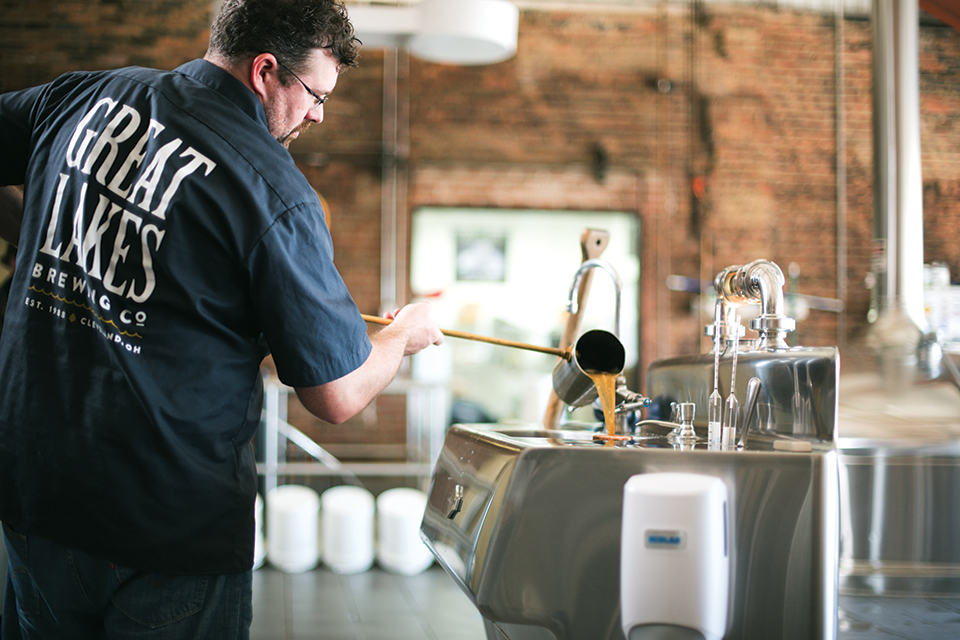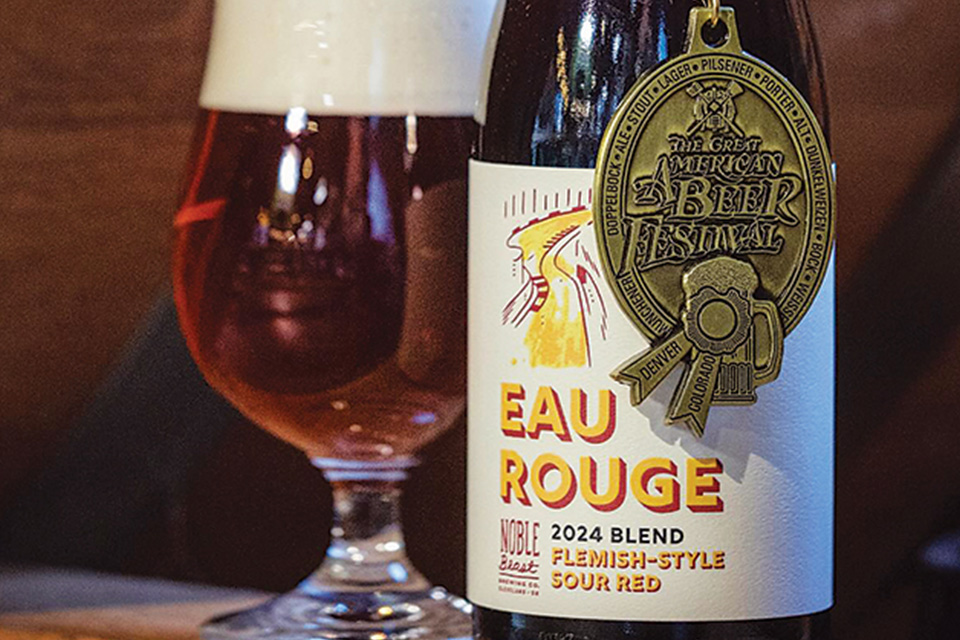Food + Drink
| Craft Beer
Behind the Science of Brewing Flavorful Beers
We asked a food scientist and others in the industry for a peek behind the curtain at how they’re bringing big flavors to your glass.
Related Articles

Service & Suds: Ohio Vets Find Community in Brewing
Meet military veterans who have built breweries on the foundation of honor, duty and discipline. READ MORE >>

Ohio Couple Appears on Hallmark Channel’s ‘Baked with Love: Holiday’
Ben Bruening and Gabrielle Payne from Hudson share heirloom recipes, festive treats and the chaos of filming, all while welcoming their first child. READ MORE >>

7 Seasonal Pop-Up Bars to Toast Holiday Cheer
These Ohio bars and restaurants are open year-round, but when the holidays hit, they begin whipping themed cocktails and stocking seasonal beer that is best shared with friends or visiting family. READ MORE >>





